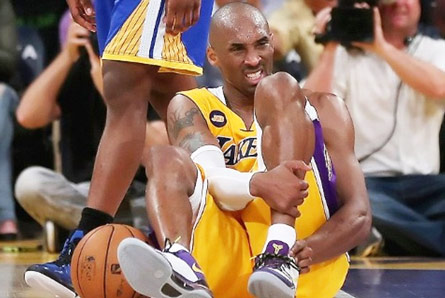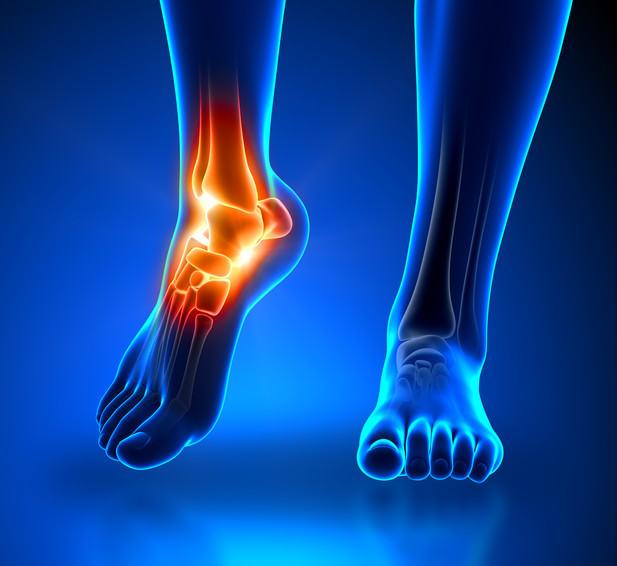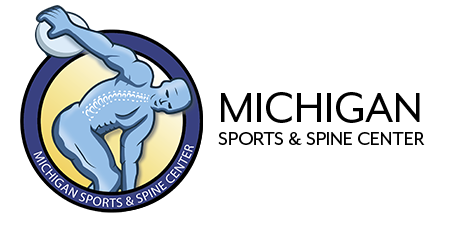Achilles Tendon Injuries + NBA Players = Appropriate Level of Drama
Your favorite player goes down. They aren’t grabbing their knee or ankle…but their heel. You cross your fingers hoping it’s not an injury to their Achilles.
Where is the Achilles tendon and why is it important?
The Achilles tendon is at the back of the heel. It connects to your calf muscle, which is why sprinting and jumping athletes are affected. The tendon can be ruptured by sudden force on the foot or ankle. If your Achilles tendon is ruptured you will be unable to stand on tiptoe and will have a flat-footed walk. It is important to diagnose and treat this injury as soon as possible, to help promote healing.
What could an Achilles injury look/sound/feel like?
- might hear a snapping or popping as it happens
- pain is instant and severe
- the area may feel tender swollen and stiff
- walking is extremely difficult and painful

The tendon can be ruptured by sudden force on the foot or ankle. If your Achilles tendon is ruptured, you will be unable to stand on tiptoe and will have a flat-footed walk. It is important to diagnose and treat this injury as soon as possible, to help promote healing.
Why is this injury as dramatic as your favorite player thrashing on the ground?
An Achilles tear is one of the worst injuries for an NBA athlete. Rarely can the athlete return to their pre-injury form? Achilles’ tendons do not carry robust blood supplies. Unfortunately, they do not heal well on their own.
How is this injury treated?
Surgery is the most common treatment for Achilles tendon rupture. Nonsurgical treatment starts with immobilizing your leg. This prevents you from moving the lower leg and ankle so that the ends of the Achilles tendon can reattach and heal. A cast, splint, brace, walking boot, or other devices may be used to do this.
No matter what, with this type of injury, seek out a medical professional. You’ll need to be examined. You could have a partial tear or torn the tendon fully. That will vary the treatment options.
How to prevent an Achilles injury:

- warm up slowly, starting by raising your core temperature (not with sprints or even jogging)
- ankle circles (both directions)
- point and flex your foot
- write the alphabet with your foot
- foam roll – calves especially
- roll a ball under your foot (while barefoot or wearing socks)
- exaggerate movements while doing a dynamic warm up
- slow jog
- once you’re sweating, you can work up to jumping and sprinting
- be sure to be sweating at the start of your game
- dynamic cool down
- static stretching post-game
- foam rolling post-game
- let heels hang off edge of step/stair, slow calf raises
- massage
- ice, if necessary
Do recreational basketball players suffer this same injury
YOU BET THEY DO.
NBA players are closely monitored. There is a team warm up, pre-game regimen, post-game cooldowns, workouts with strength and conditioning coaches. Stretching. Massages. Ice baths. Top doctors. Latest technology.
Rec players/weekend warriors don’t have these same options, nor these pre-game protocols. Heck, most people never stretch after their weekly pick-up game. They are too tired and more focused on which bar they will populate.
The lack of stretching, warm up, and cool down could be the perfect recipe for an Achilles tear
Take the time! Will your buddies tease you? Probably. Will it be worth it to preserve your body and ward off this beast of an injury as long as possible? YES.
Remember: there are options, no matter your situation. With this injury, timing is crucial. Get to a medical professional ASAP. Don’t wait. There will be a time to wait because healing takes time. Make sure the timing is correct for your body and your injury. Make an appointment at the office and we’ll take care of you. Let’s get you back into the game (and keep you in the game)!

ABOUT MICHIGAN SPORTS & SPINE CENTER:
We’re innovative leaders utilizing cutting-edge technologies such as musculoskeletal ultrasounds, PRP, stem cell treatment, and other innovative procedures. Michigan Sports & Spine Center is committed to resolving your pain, not simply masking it. We treat the whole body, not just the injury, and perform preventative treatment so your injury doesn’t come back. Our studies prove that Michigan Sports & Spine Center has patient success rates much higher than the national average. We treat everyone from high-profile athletes to your neighbor next door. Our primary focus is getting our patients back into the game of life!

